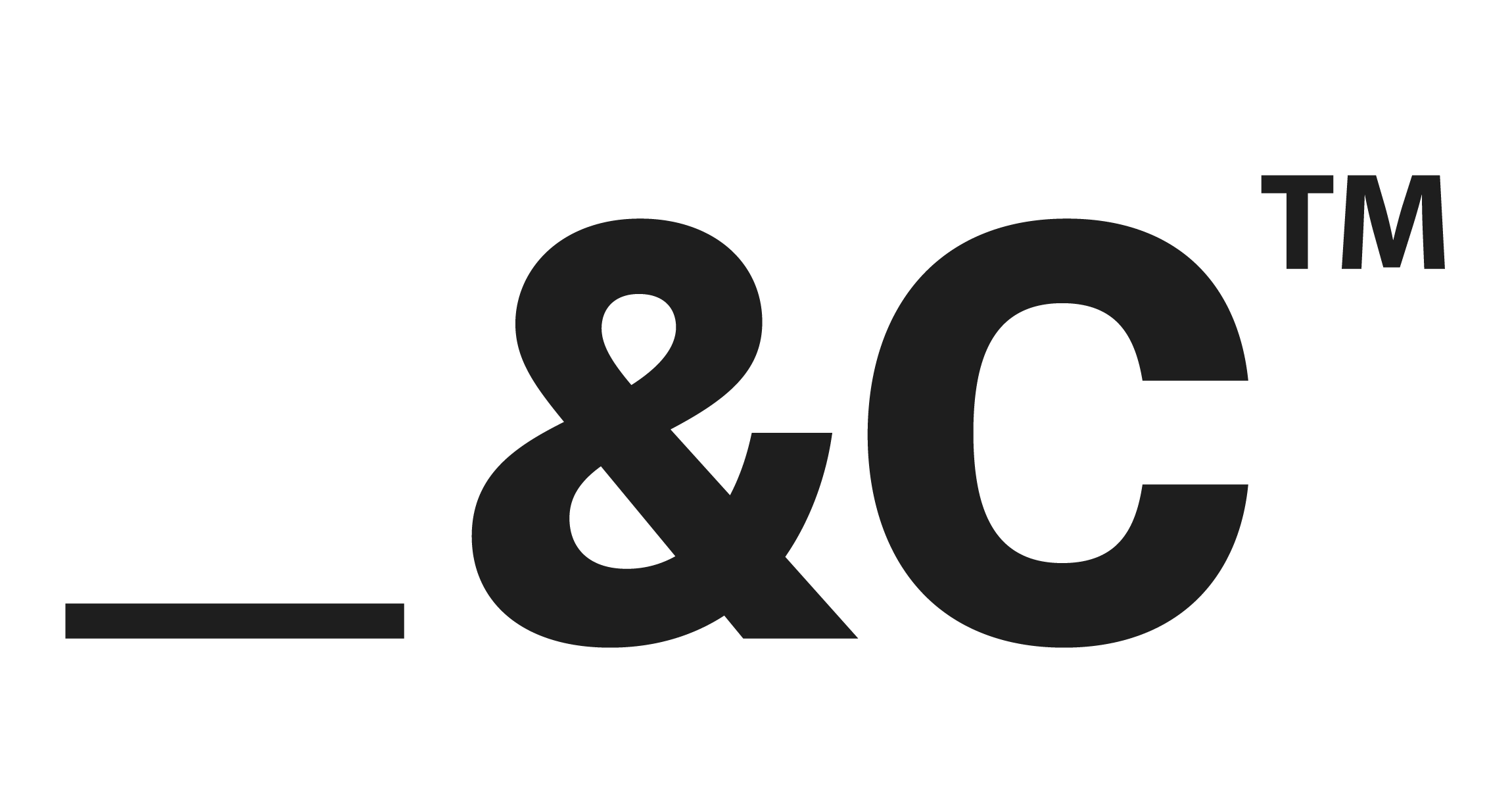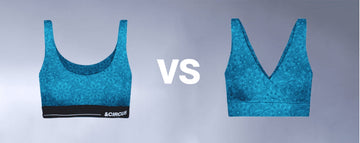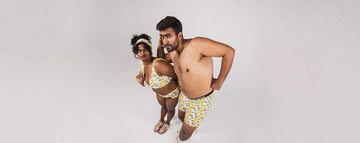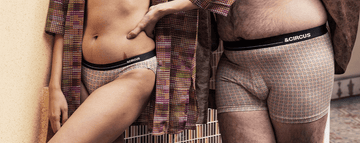Quick Listen:
In Brooklyn's Williamsburg, where vintage typewriters clack in coffee shops and artisanal kombucha flows like tap water, a quiet revolution is unfolding in the world of fashion. It's not about bold logos or runway theatrics. It's about what's closest to the skin: innerwear. Hipster communities those eclectic tribes of creatives, minimalists, and eco-conscious rebels are redefining what underwear means, trading stiff, structured designs for soft, sustainable fabrics and laid-back styles. This isn't just a trend; it's a cultural shift, one that's reshaping how we think about comfort, identity, and the planet.
Uncomfortable underwear shouldn't steal your confidence. At Andcircus, we craft ultra-soft, sustainable Lenzing Modal Micro® innerwear for every body, XS to 5XL. From briefs to bras, our custom packs fit you perfectly. Shop risk-free with our 100% satisfaction guarantee and embrace comfort that includes everyone. #LoveEveryBody. Shop Now!
Hipster Communities Drive Demand for Laid-Back, Eco-Conscious Innerwear
The hipster subculture, often mocked for its earnest devotion to vinyl records and cold-brew coffee, has always been about more than aesthetics. It's a mindset one that prizes authenticity, individuality, and, increasingly, sustainability. Innerwear, once an afterthought hidden beneath layers, is now a canvas for these values. Brands like AndCircus, a rising star in the ethical fashion space, are tapping into this ethos, offering micromodal fabrics soft, breathable, and eco-friendly that resonate with a generation skeptical of fast fashion's excesses. This shift isn't just about comfort; it's about aligning what you wear with who you are.
The rise of athleisure in the mid-2010s laid the groundwork. As yoga pants and hoodies became acceptable office attire, the lines between athletic, casual, and everyday wear blurred. Hipsters, with their knack for subverting norms, took it further. Innerwear stopped being just functional; it became part of the loungewear aesthetic, visible in loose, androgynous fits that double as outerwear. Think boxers peeking out from low-slung jeans or bralettes layered under sheer tops a nod to the underwear-as-outerwear trend that's gained traction in urban hubs like Brooklyn and Berlin.
From Subtle to Statement: The New Innerwear Aesthetic
Walk into an indie boutique in Melbourne or Bangalore, and you'll see it: racks of unstructured, gender-neutral innerwear in muted earth tones. Gone are the days of rigid underwire bras and constricting waistbands. Hipster audiences crave pieces that move with them soft, stretchy, and breathable. Micromodal, a fabric derived from beech trees, is a favorite for its silk-like feel and sustainable credentials. It's not just about how it feels but what it says: I care about my comfort, and I care about the planet.
This shift dovetails with the indie sleaze aesthetic, a late-2000s trend that's seeing a revival on TikTok and Instagram. Born in the post-punk revival scene of New York City, indie sleaze was all about messy, affordable style think vintage tees and scuffed boots. Today's iteration is softer, more intentional, but no less rebellious. Innerwear fits right in, with its focus on effortless cool and a rejection of corporate polish. AndCircus, for instance, markets its micromodal briefs as “underwear for people who don't follow rules,” a tagline that resonates with a crowd that values individuality over conformity.
Real-World Rebels: Brands and Communities Leading the Charge
Across the globe, indie designers are leaning into this trend. In Berlin, small brands collaborate with local artists to create limited-run collections that feel more like art than underwear. In Bangalore, eco-conscious startups are pairing micromodal with organic cotton, catering to a growing middle class that wants style without environmental guilt. AndCircus stands out here, not just for its sustainable fabrics but for its storytelling. Their Instagram is a mosaic of real customers tattooed baristas, freelance illustrators, urban gardeners wearing their pieces in unfiltered, everyday moments.
These brands aren't just selling products; they're building communities. Social media amplifies this, with micro-influencers showcasing how innerwear fits into minimalist, sustainable lifestyles. A recent post from a Melbourne-based creator showed AndCircus boxers styled with a thrifted kimono and Birkenstocks a perfect blend of athleisure and indie sleaze. This kind of authenticity, where products are lived in rather than posed, is what makes the trend stick.
Challenges in a Values-Driven Market
But it's not all smooth sailing. Scaling sustainable innerwear is a tightrope walk. Consumers are savvier than ever, quick to call out greenwashing brands that slap “eco-friendly” on their labels without the receipts to back it up. AndCircus, for instance, publishes detailed breakdowns of its supply chain, from beech forests to biodegradable packaging, to counter skepticism. Pricing is another hurdle. Micromodal isn't cheap, and hipster budgets, often strained by urban rents and artisanal coffee habits, can balk at premium tags. Brands must balance quality with accessibility, often through direct-to-consumer models that cut out middlemen.
Then there's the challenge of education. Most shoppers don't know what micromodal is or why it's better than polyester. Brands have to tell that story without preaching, weaving sustainability into their narrative in a way that feels relatable. AndCircus does this well, with blog posts that explain fabric lifecycles alongside customer testimonials about how their underwear “feels like a second skin.” Size inclusivity is another sticking point unisex designs need to fit a range of bodies, which requires thoughtful engineering and constant feedback from diverse communities.
Opportunities for Ethical Fashion's Next Wave
Despite the challenges, the opportunities are vast. Direct-to-consumer brands like AndCircus thrive on transparency, sharing behind-the-scenes looks at their production process to build trust. They're also tapping into social commerce, where Instagram Stories and TikTok hauls drive sales. Subscription models are gaining traction, offering curated bundles of innerwear tailored to minimalist lifestyles think three pairs of boxers, a bralette, and a reusable tote, delivered quarterly. It's a model that aligns with hipster values: less clutter, more intention.
Community-driven design is another frontier. Some brands invite customers to vote on new colors or cuts, creating a sense of ownership. Others, like AndCircus, are exploring maternity and gender-fluid lines, recognizing that inclusivity isn't just a buzzword but a market demand. Minimal packaging think compostable mailers over plastic further sweetens the deal, appealing to a demographic that's as likely to carry a reusable straw as a smartphone.
A Future Woven in Comfort and Conscience
The future of innerwear is looking softer, greener, and more human. As one fashion-tech expert put it, “The next decade will see intimates become a hybrid of fashion and function, driven by communities that demand authenticity.” Brands like AndCircus are leading the charge, proving that underwear can be a statement of values, not just a necessity. Comfort is the new cool, and when it's paired with sustainability, it's unstoppable.
For hipster communities, this isn't just about what's under their clothes it's about what's under the surface of their choices. It's a rejection of disposability, a nod to individuality, and a bet on a future where style doesn't cost the earth. As the sun sets over Williamsburg's rooftops, where rooftop yoga sessions blend into late-night jam sessions, one thing is clear: the innerwear revolution is just getting started.
Frequently Asked Questions
Why are hipster communities choosing casual innerwear over traditional styles?
Hipster communities prioritize comfort, sustainability, and individuality, making casual innerwear a natural fit. They gravitate toward soft, breathable fabrics like micromodal and prefer relaxed, gender-neutral designs that align with eco-conscious and minimalist values.
What makes micromodal innerwear popular among eco-conscious consumers?
Micromodal is a fabric derived from beech trees, known for its softness, breathability, and sustainable production process. For eco-conscious consumers, especially within hipster circles, it offers a comfortable, planet-friendly alternative to synthetic or overly structured underwear.
How are brands like AndCircus influencing the casual innerwear trend?
Brands like AndCircus are leading the trend by offering ethically made, micromodal-based innerwear in inclusive sizes and gender-neutral cuts. Their community-driven marketing, transparency around sustainability, and integration into lifestyle aesthetics like indie sleaze and athleisure resonate strongly with modern, values-driven shoppers.
Disclaimer: The above helpful resources content contains personal opinions and experiences. The information provided is for general knowledge and does not constitute professional advice.
You may also be interested in: The Power of Inclusive Design in Womens Bralettes
Uncomfortable underwear shouldn't steal your confidence. At Andcircus, we craft ultra-soft, sustainable Lenzing Modal Micro® innerwear for every body, XS to 5XL. From briefs to bras, our custom packs fit you perfectly. Shop risk-free with our 100% satisfaction guarantee and embrace comfort that includes everyone. #LoveEveryBody. Shop Now!


















































